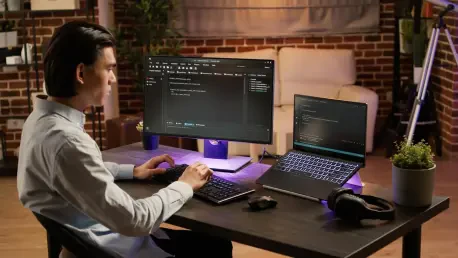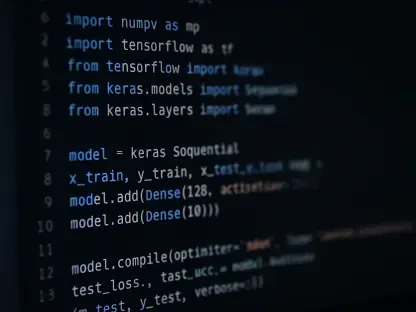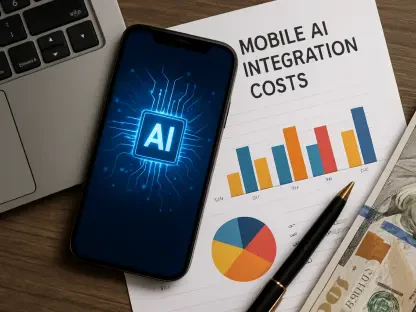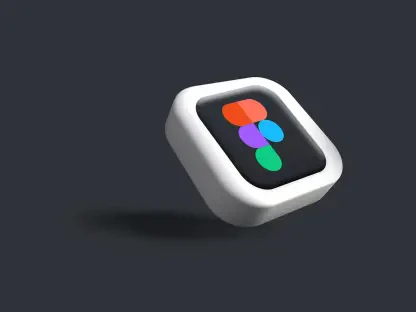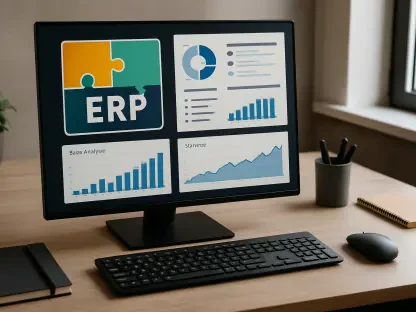Vibe coding is an emerging trend in software development that promises to redefine how developers create applications by leveraging advanced code generation tools. The concept revolves around using large language models (LLMs) to generate code, streamlining the coding process and potentially revolutionizing the industry. Vibe coding represents not just a technological advancement but a new methodology that developers must adapt to stay relevant in their field. The importance of embracing vibe coding cannot be overstated, as it is increasingly becoming a critical skill for future employment in software development.
1. The Warning
The urgency to learn vibe coding cannot be ignored. The rapid evolution of coding tools and methodologies means that staying current is no longer optional; it’s essential for survival in the tech industry. Developers who fail to adapt to these new tools risk becoming obsolete, much like the way older programming languages and outdated methodologies have fallen by the wayside. The landscape of software development is shifting, and the consequence of ignoring these changes is clear—those who do not update their skill set may find themselves forced out of the industry.
2. What is Vibe Coding?
Vibe coding is a term used to describe the process of using LLM-based tools to generate code. These tools, which include Cursor, Codeline, Tabnine, and GitHub Copilot, assist developers by automating parts of the coding process. They integrate with popular development environments, such as Visual Studio Code, to provide real-time code suggestions and templates. While the concept of automated code generation is not new, the sophistication and capabilities of LLM-based tools have reached a point where they can significantly enhance productivity and code quality. Understanding and mastering these tools is crucial for developers who want to stay competitive.
3. Historical Context
To illustrate the importance of adapting to new tools, consider the story of an old-school developer named Tom. Early in his career, Tom was a traditional hunt-and-peck programmer who resisted new technologies. Despite the advent of user-friendly integrated development environments (IDEs) and the rise of the internet as a resource, Tom clung to outdated methods. While his peers quickly adapted to tools like Visual Basic and Java, learning new languages and IDEs through online resources, Tom relied on books and manual coding practices. This stubbornness ultimately hindered his productivity and led to his early retirement from the industry.
The parallels to the current situation with vibe coding are striking. Just as Tom resisted the tools of his time, today’s developers face a similar choice: embrace vibe coding or risk obsolescence. Adopting new methodologies is part of the job, and those who fail to do so may find themselves left behind, just like Tom.
4. Debunking Misconceptions
It is crucial to understand that vibe coding is not a magical solution that eliminates the need for traditional coding skills. While LLM-based tools can generate complete applications quickly, the quality of the output depends on the user’s expertise. These tools require a substantial learning curve and can produce suboptimal code if not used correctly. The key is to view vibe coding as a tool that enhances, rather than replaces, traditional coding practices.
Developers may find their first applications using vibe coding tools to be frustrating and full of errors. This is not a reflection of the tools themselves but rather the user’s familiarity with them. As with any new technology, there will be a period of adjustment. Over time, developers will learn to navigate the quirks and limitations of these tools, ultimately improving their efficiency and code quality. It is a process that demands persistence and a willingness to learn.
5. Practical Tips for Getting Started
Begin with Free Trials
Starting with the complimentary versions of tools like Cursor and Codeline is a sensible approach. These free trials allow developers to familiarize themselves with the tools without any financial investment. Once comfortable, transitioning to paid versions, which often offer more features and better support, can help maintain momentum and efficiency in coding projects.
Choose a Relevant Problem
Selecting a practical problem to solve is essential. Developers should pick issues they encounter in their daily work or personal projects, such as optimizing storage solutions for online meetings. This real-world application provides immediate benefits and makes the learning process more relevant and engaging.
Use Version Control
Regularly using Git for version control is critical when working with LLM-based tools. These tools can sometimes behave unpredictably, and having a robust version control system in place ensures that developers can revert to previous states when necessary. This practice helps manage mistakes and keeps the development process on track.
Plan with the LLM
Having a preliminary design discussion with the LLM before diving into coding can save considerable time and effort. Developers should save the output of these discussions in Markdown format for easy reference during the coding process. This practice helps keep the project organized and ensures that the model’s output aligns with the developer’s expectations.
Verify Each Step
It is important to verify each stage of the development process meticulously. Developers should constantly check the model’s output and be prepared to undo any errors. This step-by-step validation ensures that the final application meets the required standards and functions correctly.
Persist Through Frustration
Learning to use vibe coding tools effectively requires persistence. Developers may find the initial stages challenging and frustrating, but sticking with it is crucial. Over time, they will become more proficient, and the benefits of these tools will become evident.
Choose the Right LLM
Using the latest and most effective large language models, such as Claude 3.7 or Gemini 2.5, can make a significant difference in the quality of the generated code. These models are continually updated and improved, providing the best possible support for developers.
6. The Future of Vibe Coding
Vibe coding is not just a fad; it represents a significant shift in how software development will be conducted going forward. As LLM-based tools continue to evolve, they will become even more integral to the development process. Developers who start learning vibe coding now will be better positioned to take advantage of these advancements and stay ahead in their careers. The choice is clear: embrace vibe coding and thrive in the evolving tech landscape or risk falling behind.
7. Conclusion
Vibe coding is gaining traction in the software development world, offering a transformative approach to how developers craft applications by employing advanced code-generation tools. Central to this concept is the use of large language models (LLMs) to automate code creation, making the coding process more efficient and possibly revolutionizing the industry at large. Vibe coding is not merely a technological innovation; it represents a new methodology that developers need to embrace to stay competitive in their profession. The significance of adopting vibe coding cannot be underestimated, as it is poised to become an essential skill for future employment in software development. Recognizing and mastering vibe coding is increasingly critical for developers aiming to both enhance their productivity and secure their place in the evolving tech landscape. As these tools become more sophisticated, the ability to leverage them effectively will distinguish the proficient developers from the rest, ensuring they remain at the forefront of the industry.
